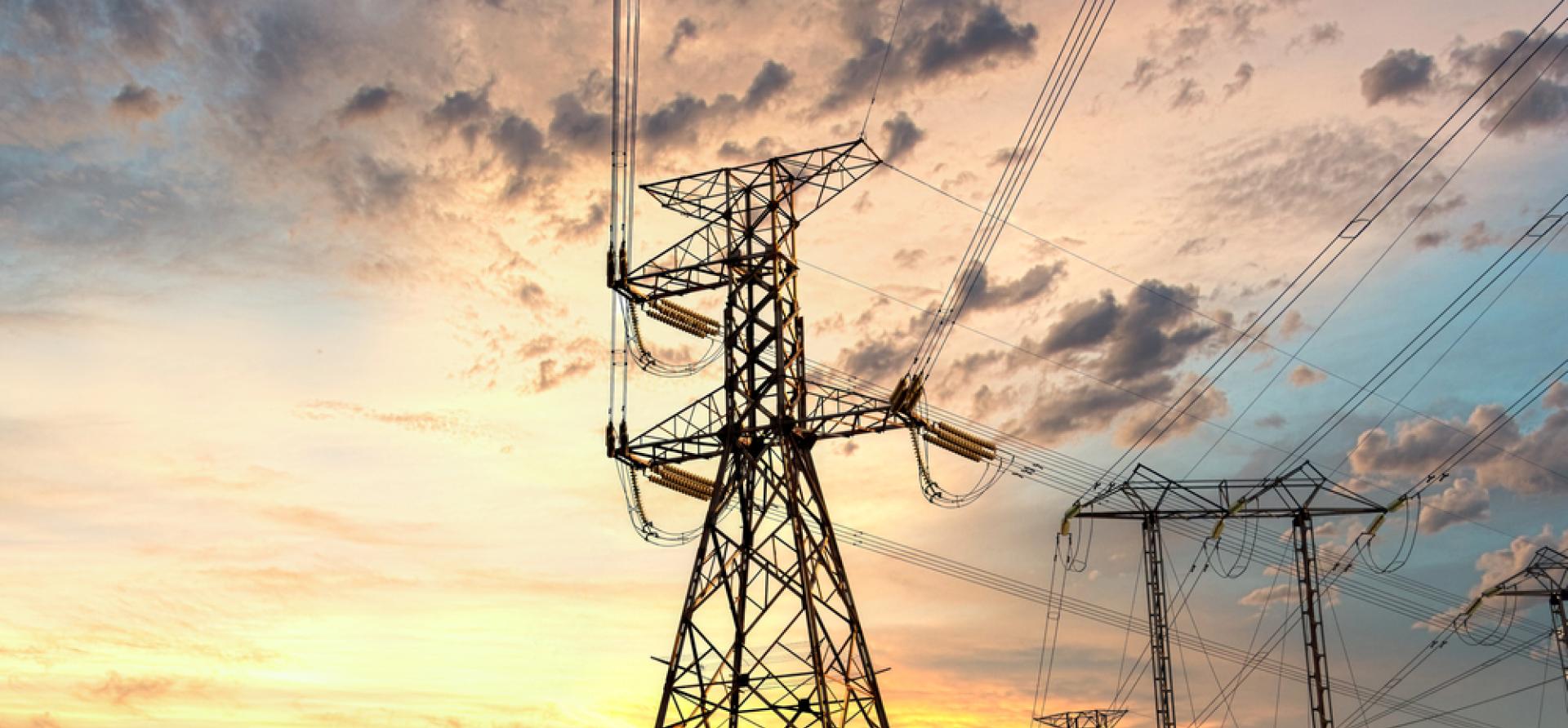India feels the heat: Wet-bulb temperature closely tracks power demand
Download Briefing Note
View Press Release

Key Findings
Delhi’s power demand is lowest on moderate days, but increases substantially on the hottest and most humid days, reflecting the demand for air conditioning and fans, while also increasing (though much less) on colder, drier days when the demand for heaters is higher.
The Northern Region showed a disproportionately high increase in demand in the last 12 months compared to the preceding year, on hot and humid and (to a lesser extent) cold and dry days, than on those with moderate temperatures.
In the 12 months preceding 22 June 2024, Delhi’s year-on-year peak demand growth was 3.8 times higher at 711 megawatts (MW) on the hottest and most humid days than on days with moderate temperatures (growth of 188MW). At the other end of the temperature scale, on cold and dry days, the increase was smaller yet significant at 506MW, or 2.7 times higher than the growth on moderate days.
Executive Summary
India witnessed a sizeable jump in temperature-related electricity demand in the last 12 months (up to 22 June 2024). IEEFA’s latest analysis uses an estimate of wet-bulb temperature. In simple words, wet-bulb temperature can be thought of as a combined measure of temperature and humidity, which is closely related to how well humans can tolerate the conditions. Wet-bulb temperatures above 35 degrees Celsius have been considered impossible to survive in for more than a few hours. Yet, studies increasingly predict temperatures exceeding this threshold in various parts of the world. One of the key takeaways from this analysis is that power demand is lowest on moderate days, but it increases substantially on hotter, humid days, reflecting the demand for air conditioning and fans, while also increasing (though much less) on colder, drier days when the demand for heaters is high. Moreover, wet-bulb temperature also strongly predicted the demand increase last year. In addition, the Northern Region showed a similar disproportionately high increase in demand in the last 12 months, relative to the preceding year, on hot and humid and (to a lesser extent) cold and dry days.
Given that heatwaves might well become the norm, the burden of power generation cannot be borne solely by thermal plants, which are already operating close to peak capacity. Scaling up utility-scale solar growth is the need of the hour and must be undertaken rapidly.















